Sightseeing Spots
Search Results305
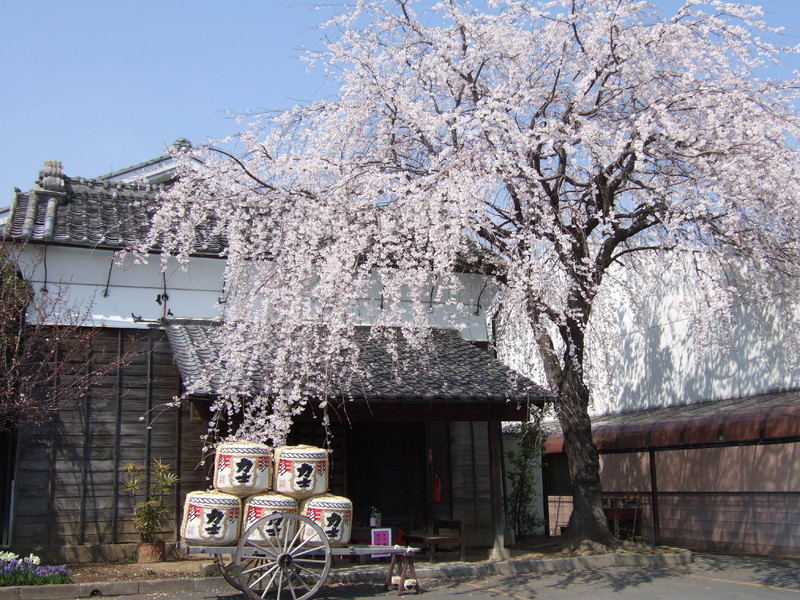
With old storage houses dating from the second half of the Edo period to the Shōwa era, visitors can feel the charm of an authentic sake brewery. The historic Tamashiki Shrine and Kisai Castle are nearby, and there is a promenade set up for a relaxed stroll in the countryside.
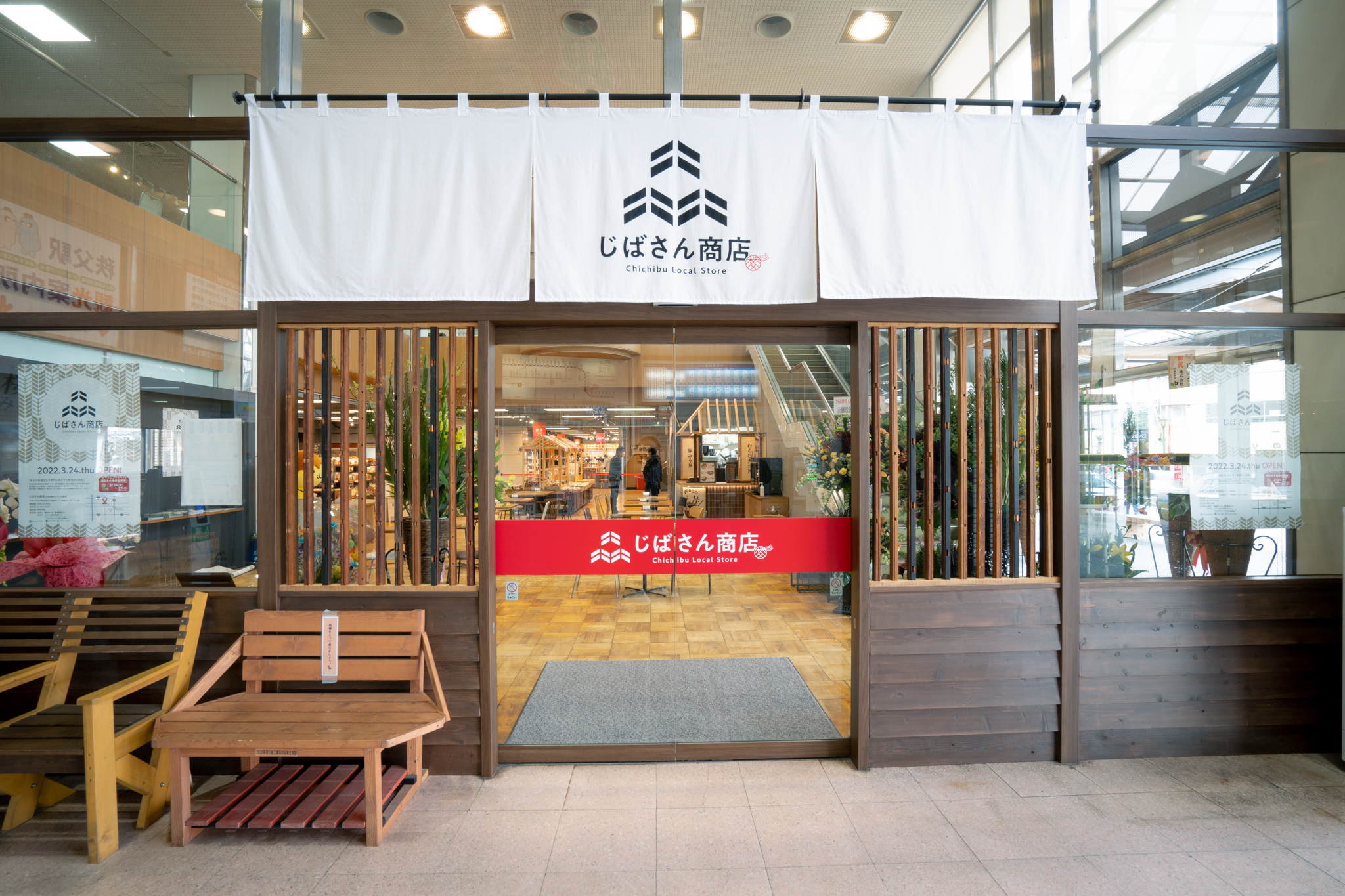
If you're on the search for Chichibu souvenirs, look no further! At Jibasan Shoten they have a wide range of popular souvenirs from the Chichibu area, including vegetables from local farmers, unique area gems, and many goods including the local mascot character, Potekuma-kun. You can also find products to get a taste of daily life in Chichibu, or even find the perfect gift for your loved ones. We look forward to your patronage!
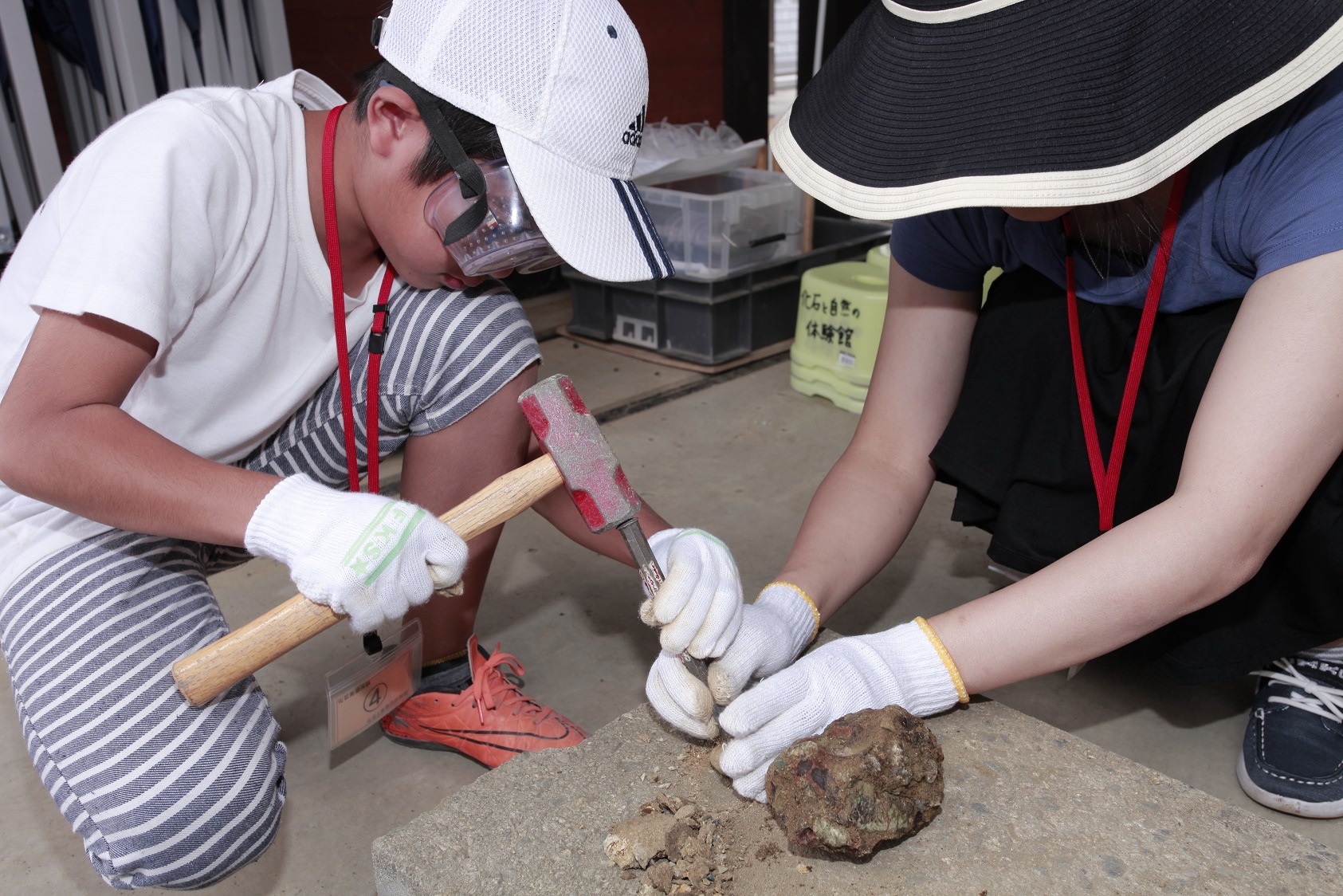
The Iwadonokyūryō (rocky hills) around this experience center are comprised mainly of the Toki River layer group, strata accumulated in the sea 10 to 15 million years ago, which contain a wide range of fossils. This experience center is the only facility in the prefecture where visitors can experience digging up fossils, such as shark teeth, from 15 million-year-old conglomerate rock. Together with the lecturer, challenge yourself to dig up fossils using a sieve, hammer and chisel! Most of the fossils you find can be brought home, with some exceptions. Since the fossil digging takes place inside the facility, activities can be enjoyed even on rainy days.
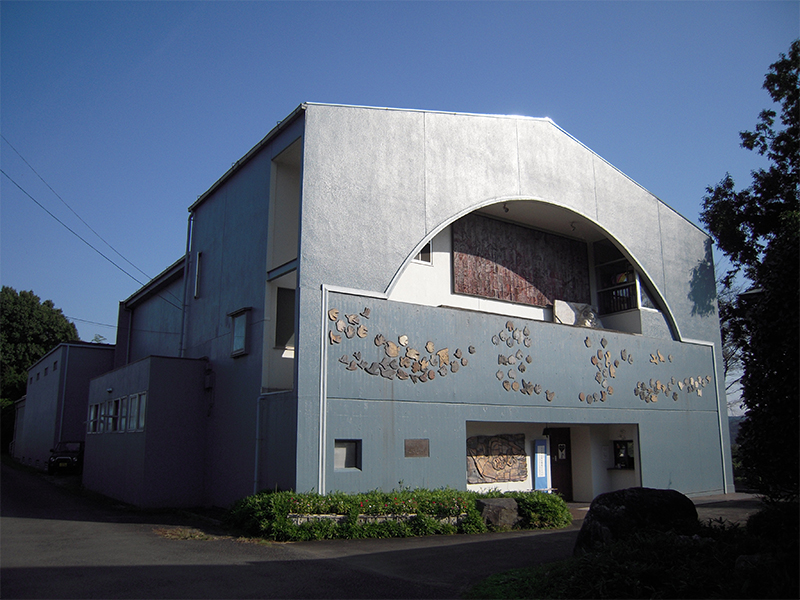
Maruki Gallery for the Hiroshima Panels was built by the collaborative husband and wife artists, Toshi and Iri Maruki, to create a place to exhibit their work "The Hiroshima Panels," 15 panels depicting the effects of the atomic bombings of Hiroshima and Nagasaki. In 1966, they moved to Shimogarako, Higashimatsuyama City, opened the Maruki Gallery for the Hiroshima Panels the following year, and then spent more than 30 years completing all 15 panels. The museum also holds special themed exhibitions, lectures, concerts, and other events on the theme of life and war.
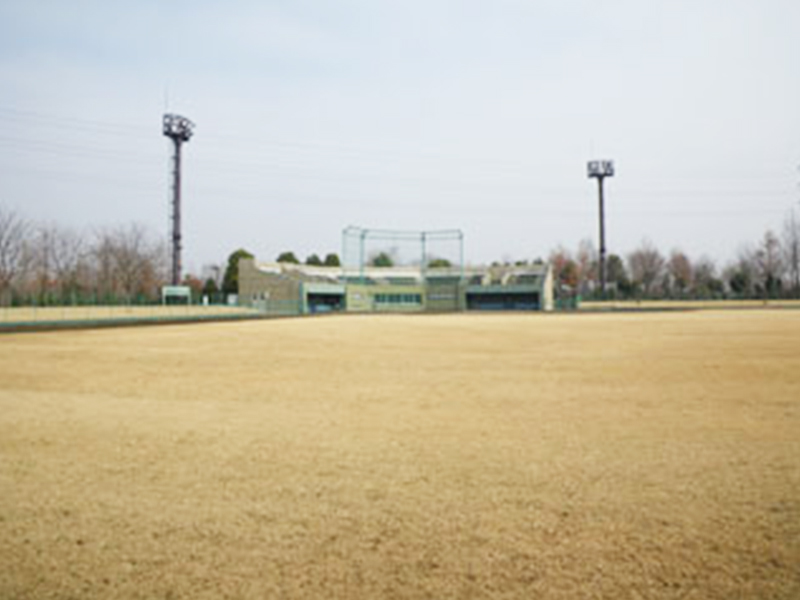
Tsurugashima Sports Park is known for its plentiful greenery and support of the natural ecosystem. There is a wooded area which utilizes existing trees to their fullest, a waterfront centered around the Oootagaya marsh and exercise facilities located on the main ground. This athletic park can be easily enjoyed by people of all ages, from children to the elderly. In addition, it is the site of the Tsurugashima Cherry Blossom Festival in spring and the Tsurugashima Industry Festival in fall, making it a center of tourist activity for the city.
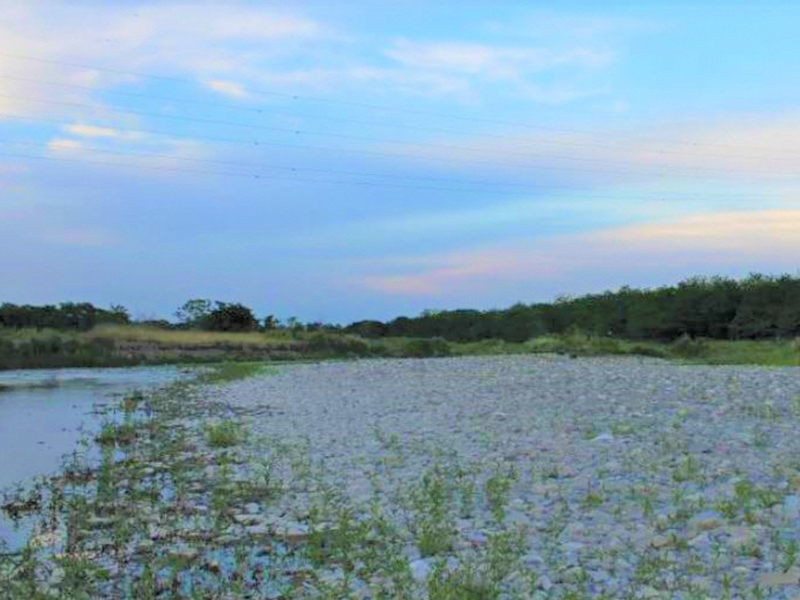
This is the site of the battle of Kanagawa, the largest field battle to have ever taken place in the Kanto region. The fierce battle took place from June 18th to 19th, 1582 on the border between Musashi (Tokyo and Kanagawa) and Ueno (Gunma) along the Kannagawa River. The battle was between Takikawa Kazumasu, lord of Ueno Umabashi Castle, and forces led by Hojo Ujikuni, lord of Musashi Hachigata Castle, and Hojo Ujinao, lord of Odawara Castle. The battle was also known as the “Battle of Kanakubohara" due to being fought in and around Kanakubo and Bisado areas of Kamisato-town.
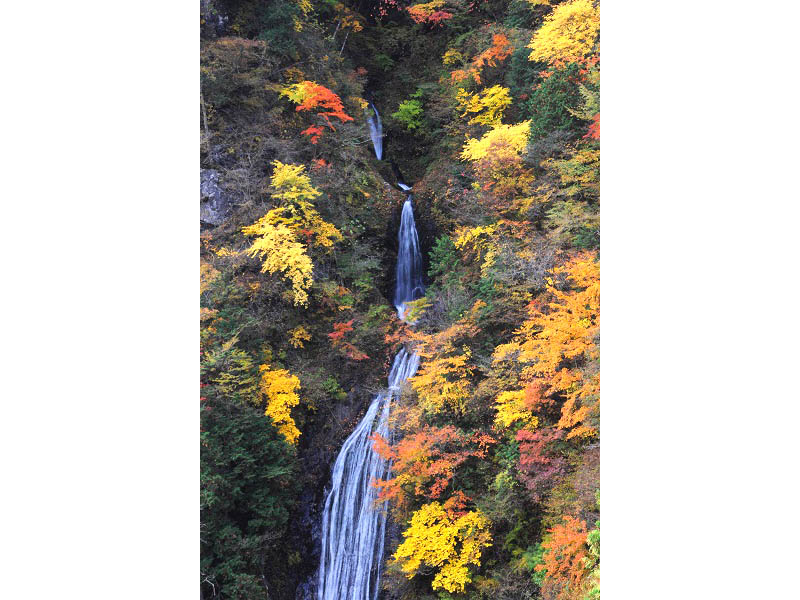
This is the only waterfall in Saitama Prefecture that has been selected as one of Japan's 100 best waterfalls. Along a promenade of about 1.5km, you can enjoy the changing seasons with fresh greenery and autumn leaves. The waterfall is divided by 3 large steps, and the 76 meter drop is powerful and impressive!
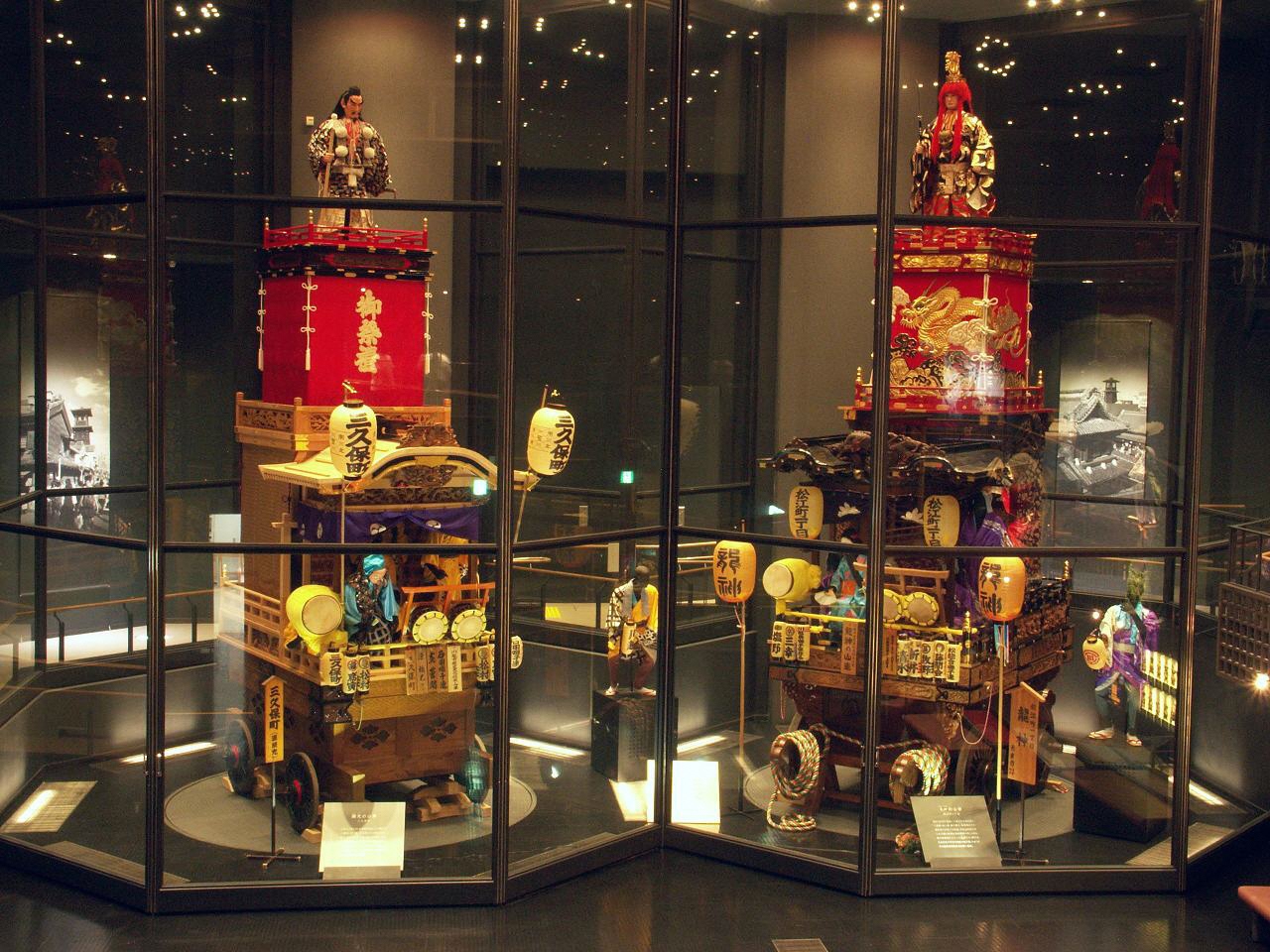
The two authentic Dashis (festival cars) pulled at the Kawagoe Festival are on display along with materials related to the Kawagoe Festival. At this exhibition hall, the powerful atmosphere of the Kawagoe Festival can be experienced all year round. There is also a regular demonstration of musical accompaniment (about 20 minutes).
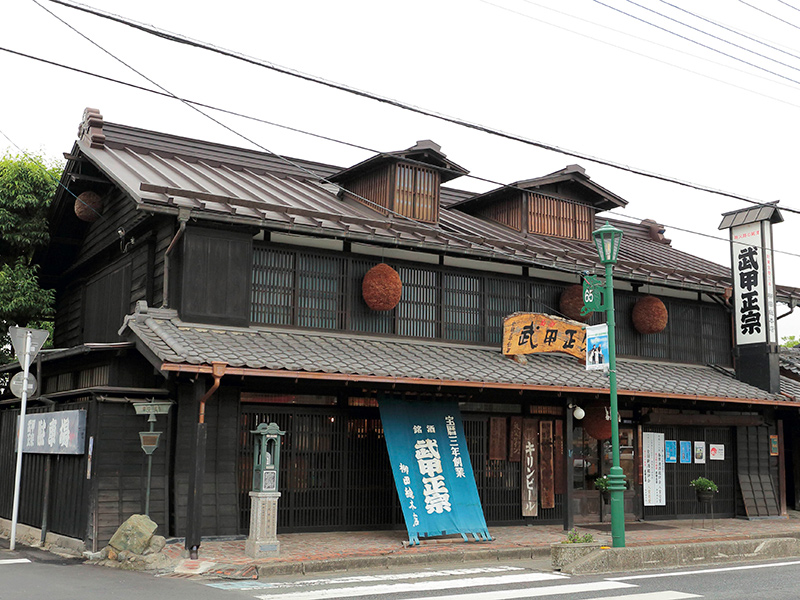
The well at our brewery, "Bushūyama Jyōryūsui" (underground water) was established as one of the hundred best mineral water sources of the Heisei Era. If you bring a container, feel free to fill it up with water and take it with you!
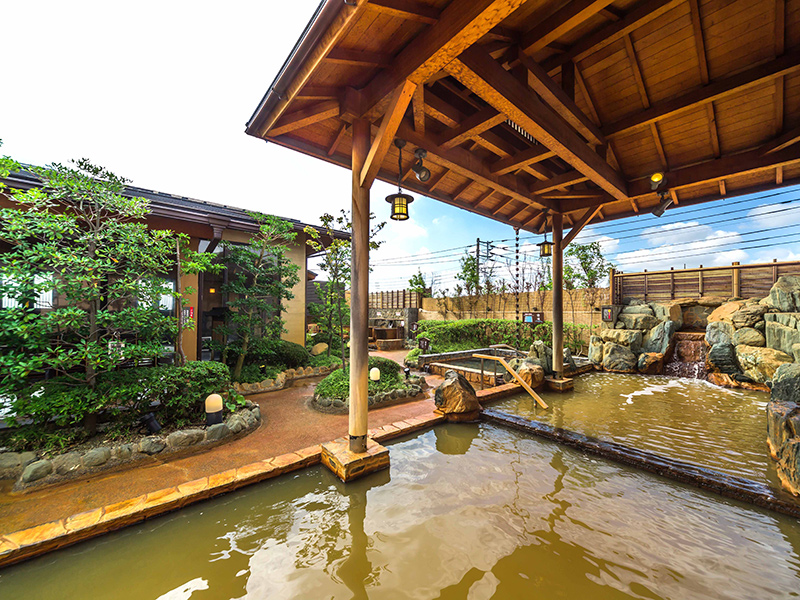
The water at this hot spring, which flows from 1,500 meters underground, scored a maximum score of 5 out of 6 categories in the Japan Natural Hot Spring Examining Authority inspection! With a composition similar to salty seawater, it is also called “Netsu no Yu” (high temperature bath) due to the amount of cold water needed to cool it down. Another appeal is the fact that this hot spring can be enjoyed during the colder months without any added water. The high-concentration carbonated spring, which even garners the attention of the medical industry, can also be enjoyed.

This roadside station is surrounded by rich green mountains, the clear streams of the Yokose River, clean air, and seasonal flowers and fruit trees. Inside the station, there is a farmers' market, restaurant, information center, resting area, hands-on experience dōjō (udon/soba), ceramics classroom and a gallery. Outside, there is an open space for relaxing and a deck where one can view the river from above. You can also enjoy a walk next to the Yokose river. ※Facilities listed in the Saitama Industrial Tourism Guidebook, "Manufacturing Guidebook."
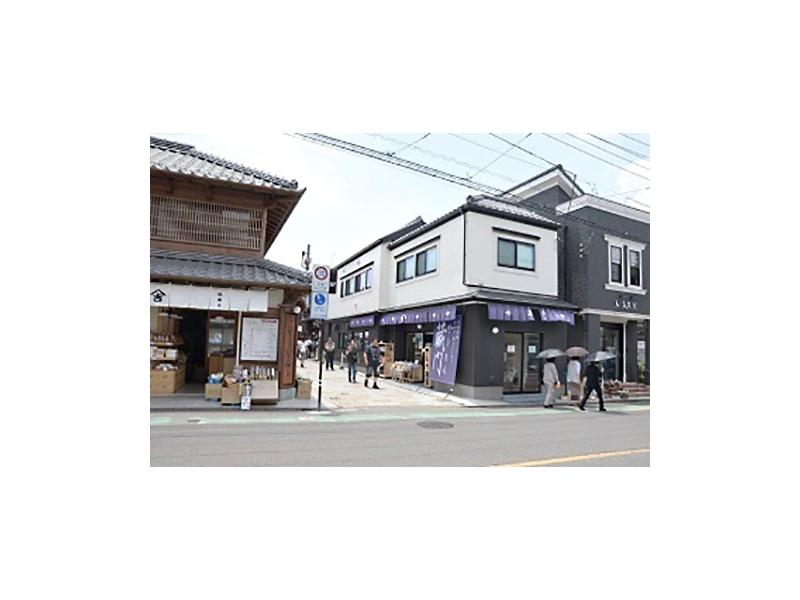
The entrance of the Kawagoe Kashiya Yokochō candy store is marked with a large purple noren (shop curtain with emblem and name). A wide variety of sweets are produced and sold here, including kura manjū (Japanese-style bun stuffed with sweetened bean paste), sweet potato yōkan (sweetened bean jelly), potato sweets, and rice crackers. We can assist you in basic English.

This shrine is dedicated to the spirit of Mt. Ontake, the sacred mountain of the Kiso district of Shinano Province. It is said to have a great spiritual power effective in dispelling bad spirits and bringing good fortune to all who visit. The shrine garden covers an area of almost 1,000 square meters, and includes Togo Park, a park associated with General Togo Heihachiro, within its precincts. The shrine performs various kinds of purification ceremonies (oharai) such as groundbreaking ceremonies, house purification, car purification, and purifications for Shichigosan (ceremony celebrating children at the age of 3, 5, and 7) and for the first shrine visit of the year.
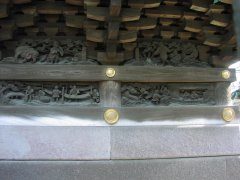
This is the Ōsawa village shrine. It is said the Katori Shrine was transferred here from Sagishiro. The “Meisaichō” notes the shrine's establishment as Ōei era (1394 to 1428). This area belonged to Shimōsa Province in the middle ages, and Katori Shrine, the province's first shrine, was invited to the village as its guardian deity and built in Sagishiro. It was moved to its current ground around the Kan’ei era (1624 to 1644) due to the maintenance of the Ōushū Kaidō. According to the sign displaying date of construction (munafuda), the current main shrine was renovated in 1866. A pattern from the fabric-dyer is engraved around one side of the main shrine. It is the work of Takejiro Hasegawa who resides in Mount Asama San’ya-machi and is the city’s designated cultural property.
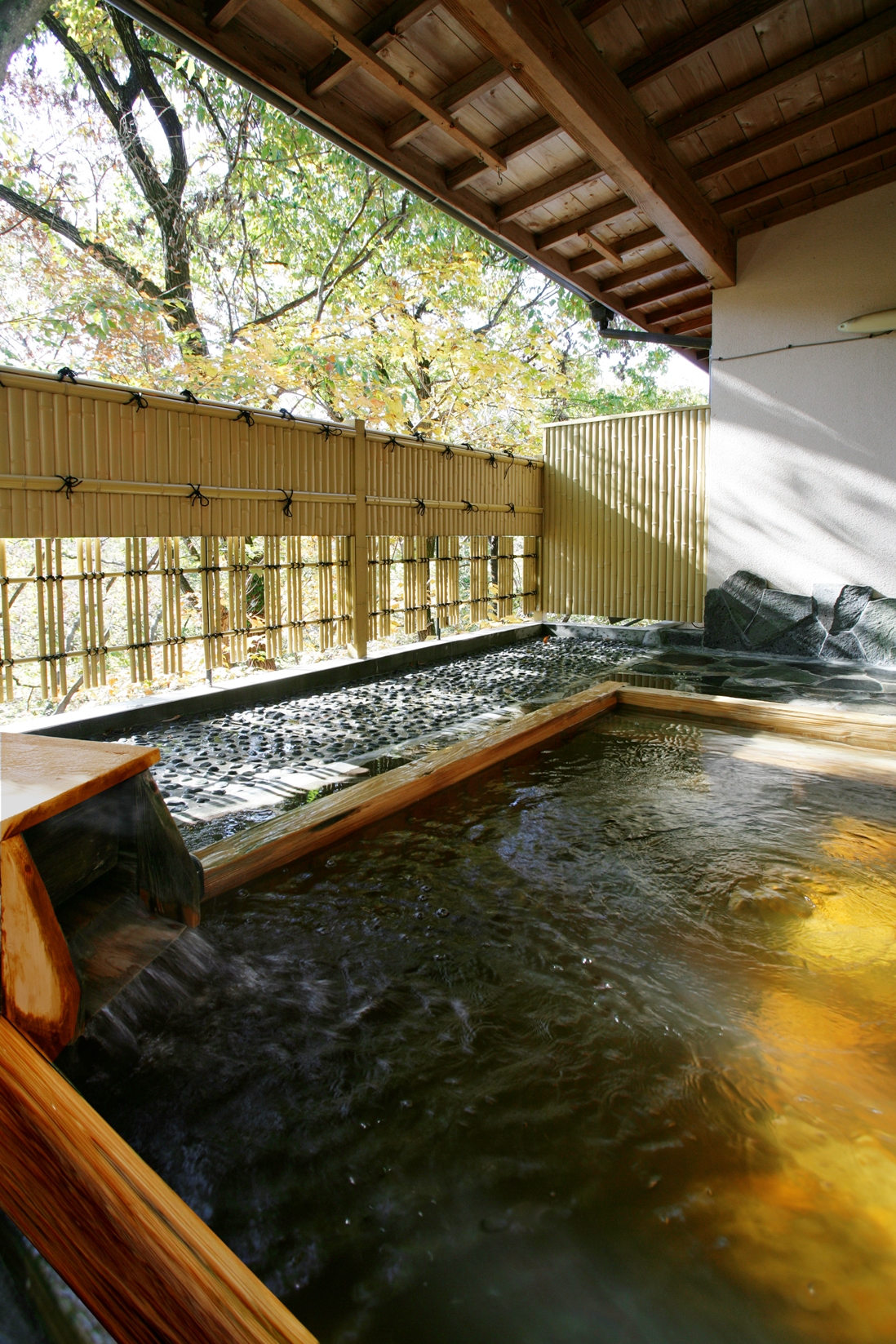
This single-house inn sits high in the mountains, encircled by deciduous trees and the sounds of seasonal birdsong. Located in a forest near the Terasaka Rice Terrace, this inn has been well-loved since its establishment for its “Yakusō-no-yu" (medicinal herb bath). The pride of the lodge is the medicinal herb bath which contains chameleon plant and Japanese mugwort, which improve blood circulation and warm the body to its core. One can expect relief from fatigue and improved skin.
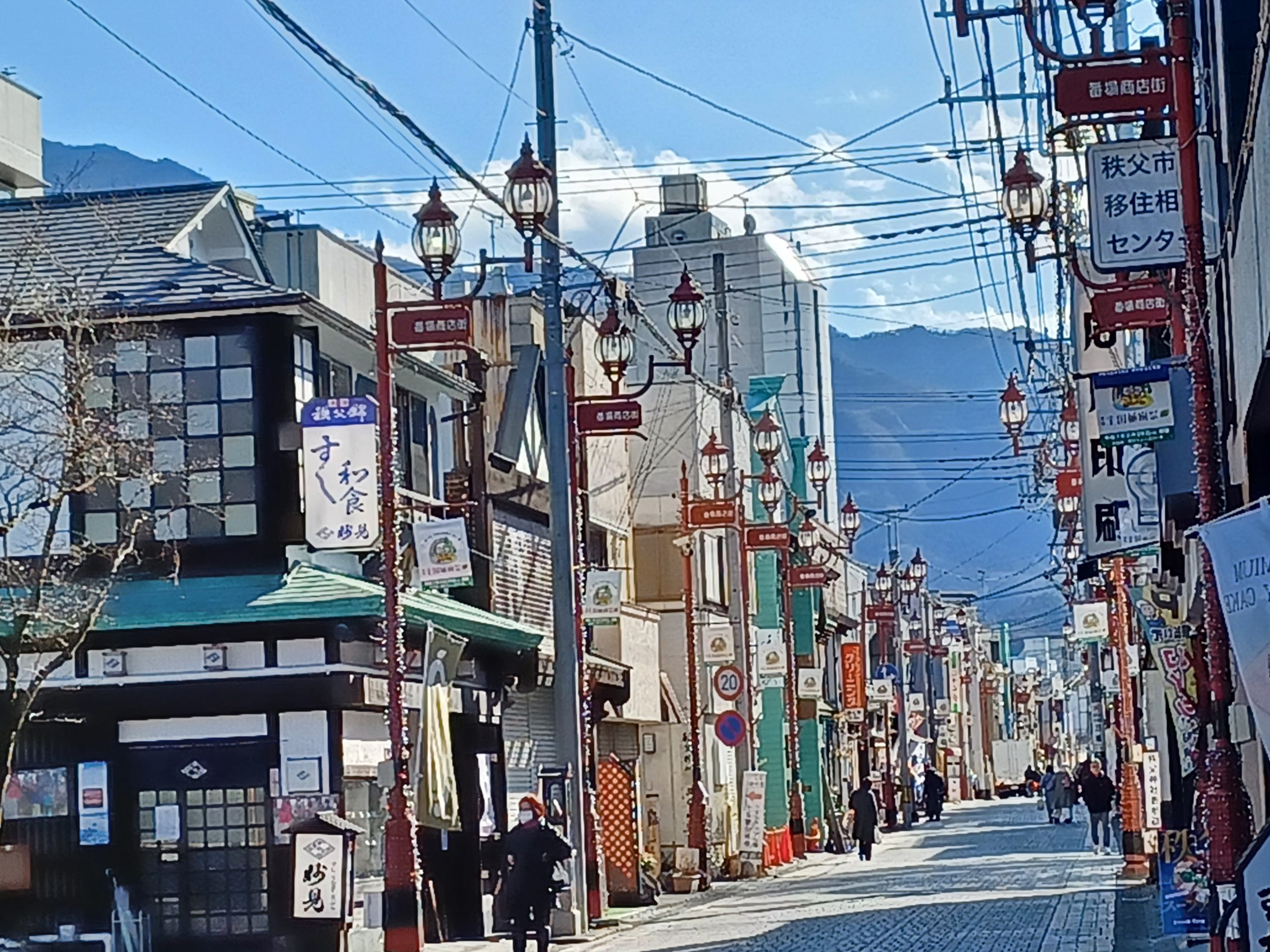
Chichibu Shrine has long been an important presence in the town and remains a popular spot for Chichibu residents. Many structures dating from the early 1900s line Banba Street, the cobblestone road that leads to the shrine, providing a nostalgic atmosphere that recalls times gone by. Many shops still operate in buildings designated Registered Tangible Cultural Properties by the national government, allowing visitors to travel back in time to an earlier Japan.
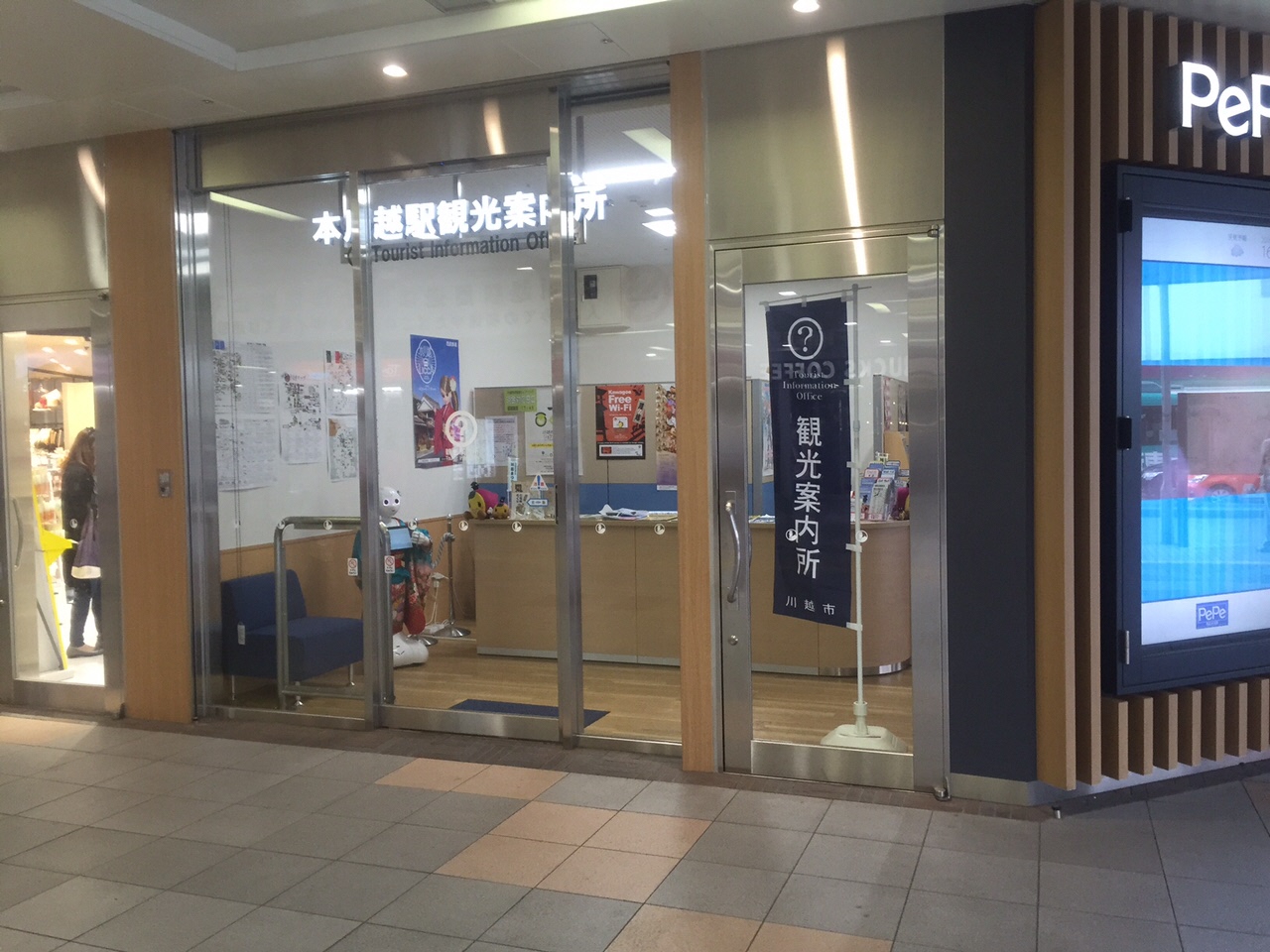
Located on the first floor of Pepe Honkawagoe Station of Seibu Shinjuku Line, we offer tourist information and sightseeing brochures. We are the closest visitor information center to Koedo Kawagoe and the Kurazukuri townscape. In addition, we offer wheelchair rental and baggage storage services (payment required).
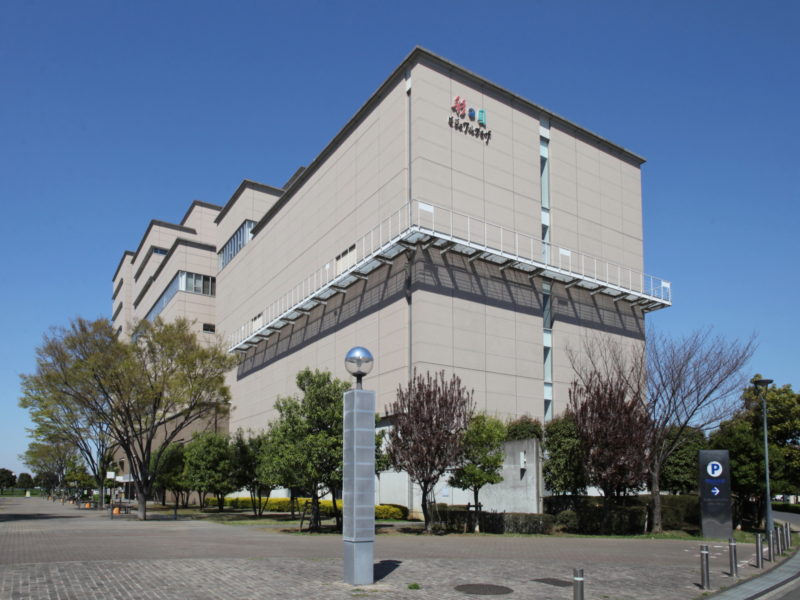
This is the main facility of the SKIP City Project, the project goal of which is to introduce and accumulate information for the next-generation of the audiovisual industry. For the general public, the facility contains a participation-based "audiovisual museum" where people of all ages can learn video production, an "audiovisual library" where visitors can watch culturally significant movies and TV programs, and an "audiovisual hall" to enjoy film showings and various events. ※ For more information regarding the facility, please refer to the URL below.
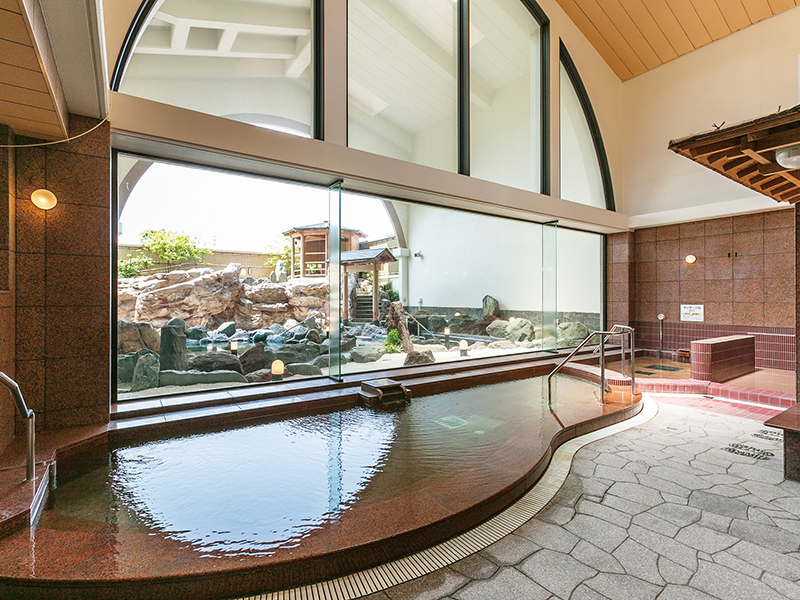
The bath uses water close to the source, a gensen (hot spring source) 2,000 meters underground. The water is rich in sodium and heats the body to its core. Due to the warming effects of the sodium, the bath is known as "Atamari no Yu" (warming bath). In addition, the hydrogen ion concentration is pH 8.1. This low alkaline water also helps soften dead skin cells, earning the bath the additional name of "Bihada no Yu" (bath for beautiful skin). Please enjoy the exquisite waters from the Kachōfūgetsu source. Also on the premises of this vast facility are a beauty salon, a massage parlor and a refreshing oxygen room. We offer a relaxing environment for each and every customer. (Please refer to the URL below for more information regarding the facility.)
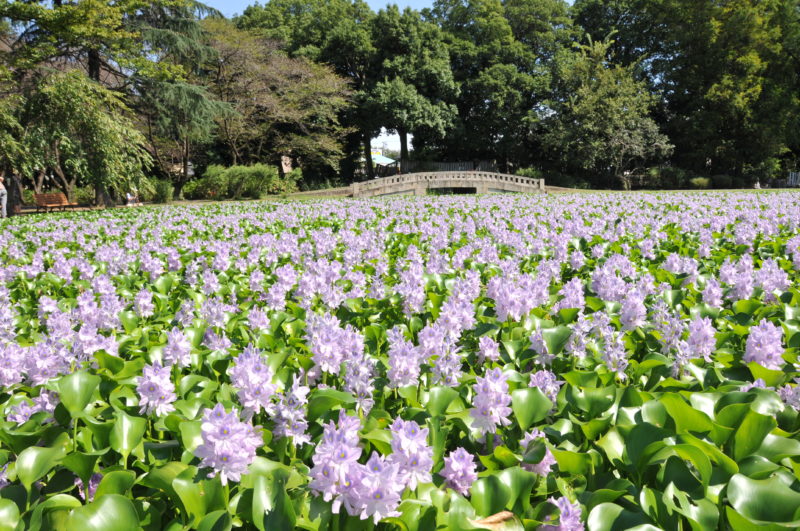
This spot located nearby Ōshi Castle is famous for its water hyacinth. The park's Blue Lake (Aoi no Ike) displays beautiful water hyacinth when in season. The square is also known for its 200 cherry blossom trees. There is also the "Literary Monument of a Country Teacher“ (Inaka Kyōshi-no Bungakuhi) of Katai Tayama. A verse from the book Inaka Kyōshi, “The road to Yori was long…,” is engraved on the monument.
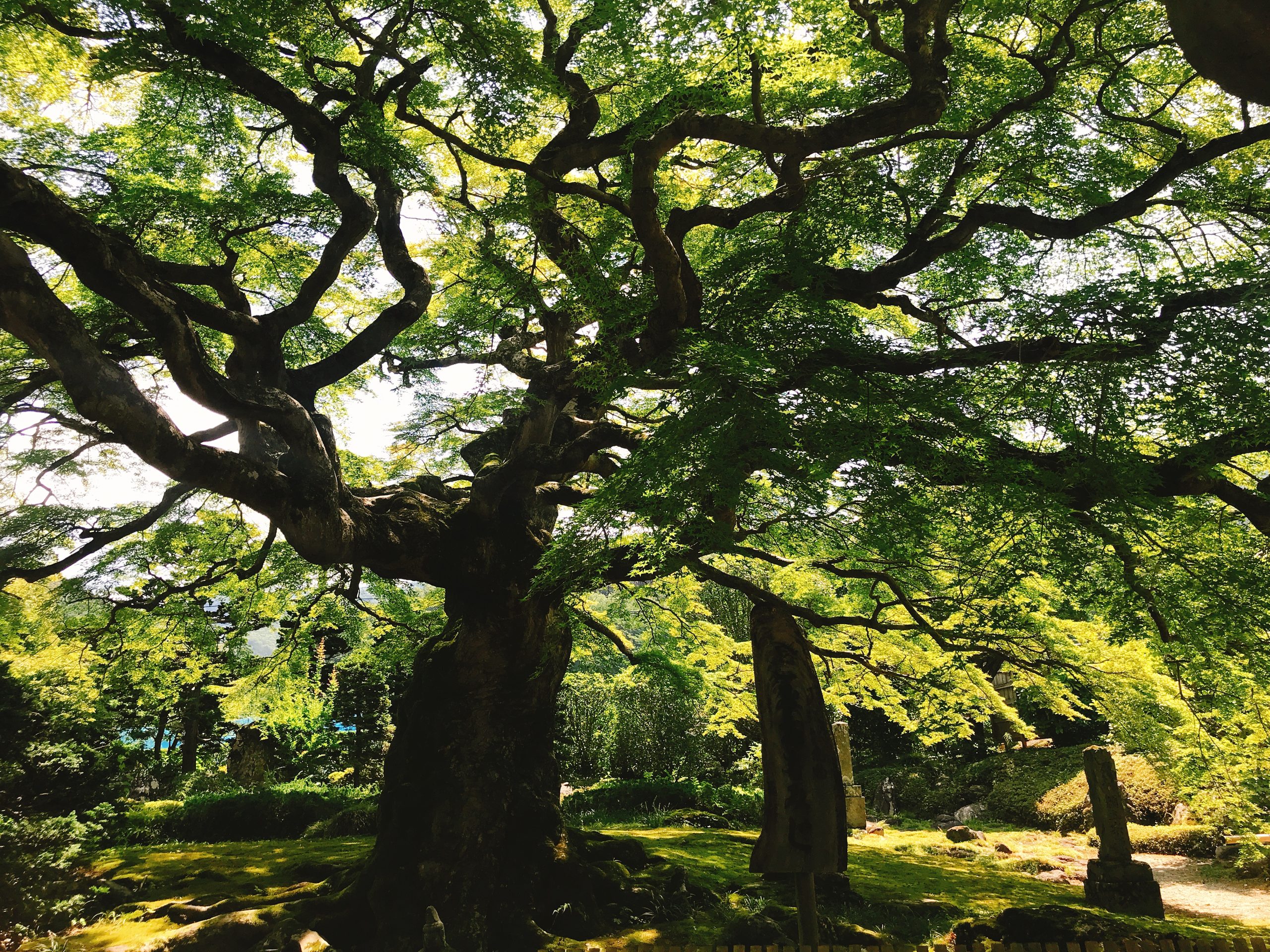
The change of the seasons can be enjoyed in the large, elegant butterfly maple tree, said to be 600 years old and designated a Saitama Prefecture Natural Treasure. The trunk is 3.8 m in circumference, 7.2 m in height, and the canopy measures 18.9 m north to south, 20.6 m east to west, and 56.3 m in circumference. The peak for autumn leaves is mid to late November. The "Night Zazenkai" (Night Zen Meditation) is also held on the 8th of every month from 7:30PM. A soba restaurant, "Teuchi Soba Machida" is nearby, and you can enjoy a meal of handmade soba while viewing the changing seasons.
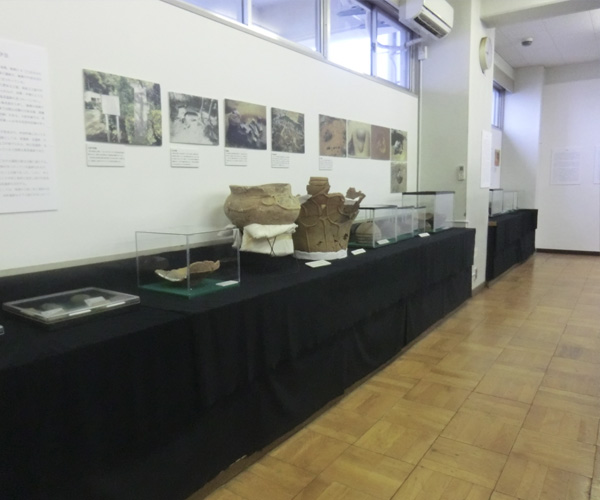
Visitors can learn about the rich nature and national treasures of Ina Town through the comprehensive exhibitions on local nature, geography, history and folklore on display. This museum moved to inside Ina Municipal Minami Junior High School in April 2016. Feel free to stop by, view the exhibitions and deepen your love and understanding of the wonderful Ina Town.
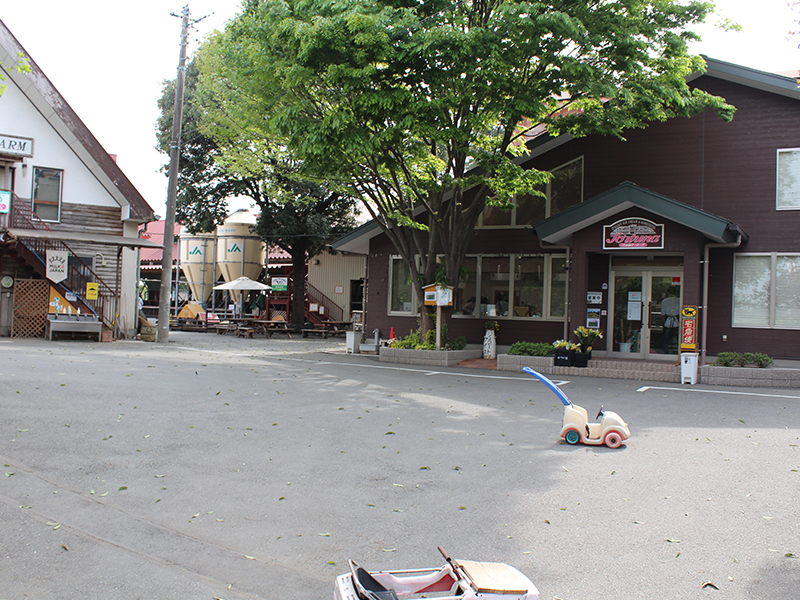
This dairy farm allows visitors to experience farm life and enjoy freshly made gelato ice cream and yogurt. In addition to dairy cows, the farm is home to a variety of animals, including chickens, Japanese Bantam (ornamental chickens), mini pigs, rabbits, guinea pigs, and more. Kids can also play with toy cars and tricycles donated to the farm by locals. Enjoy the view of the Arakawa River and its surrounding nature while tasting some of the best fresh gelato ice cream you've ever had. Enoboku, a miniature Hokkaido, hidden in the beautiful Ageo!
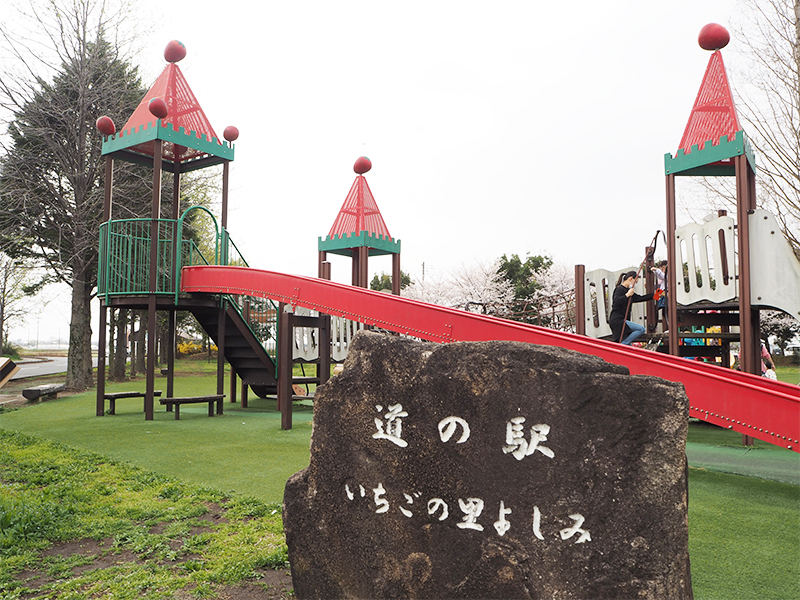
This roadside station, with a play tower designed to resemble a strawberry castle, is easy for families to stop by. Goods such as fresh dorayaki made from Yoshimi grown strawberries are available for purchase. It is also a popular place to take a break and enjoy a delicious soft-serve ice cream.
This site uses cookies to improve the user experience. If you continue to browse, you consent to the use of cookies on this site. Accept
